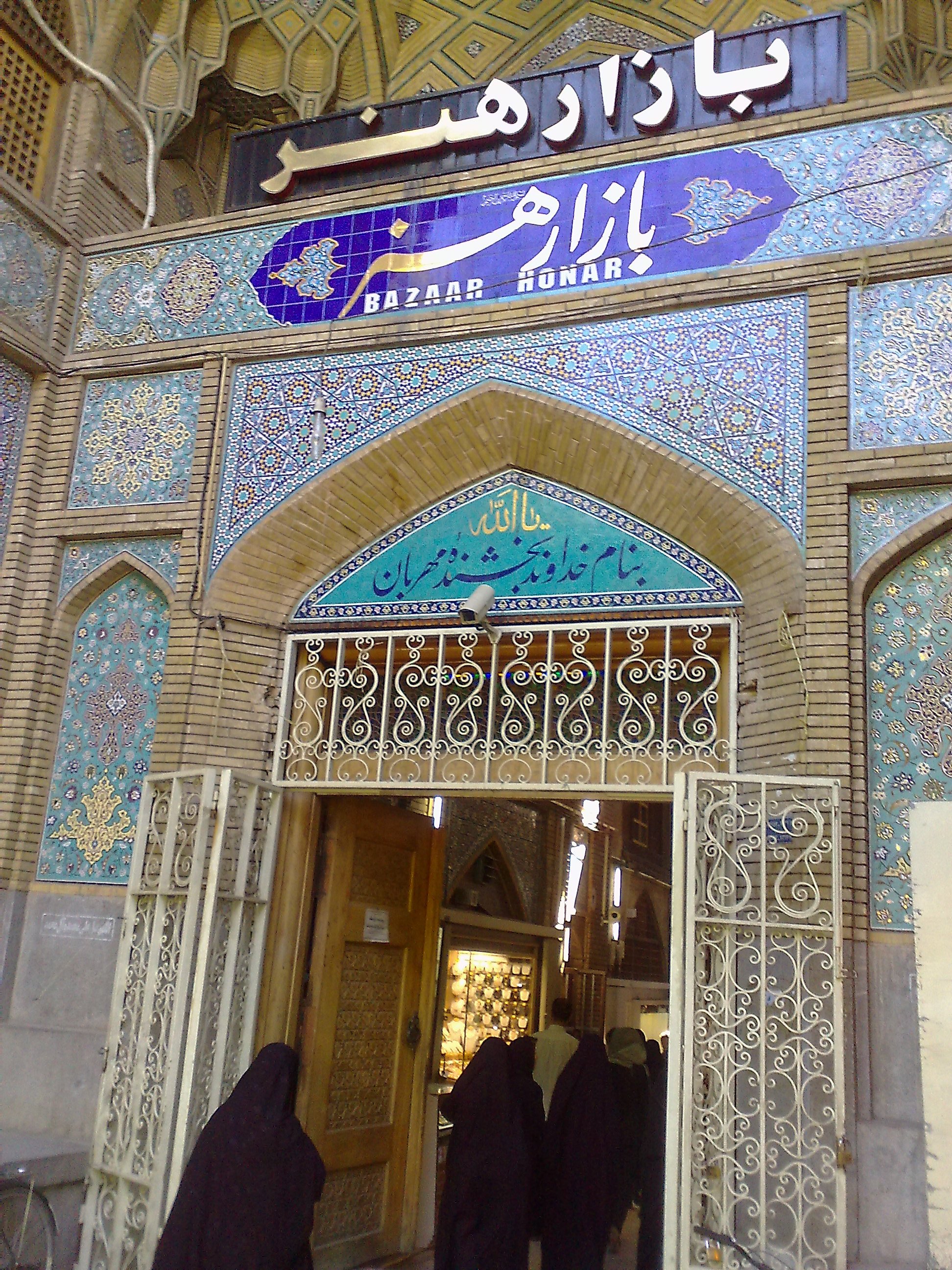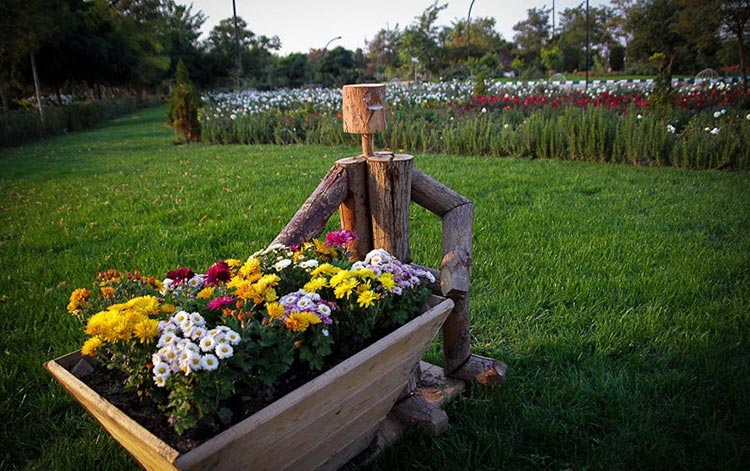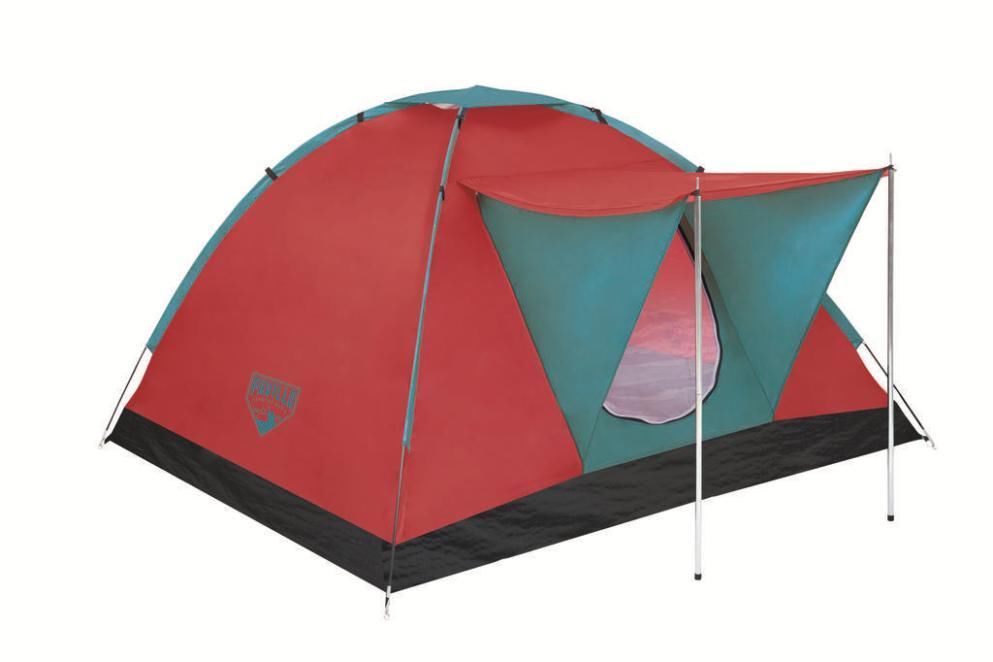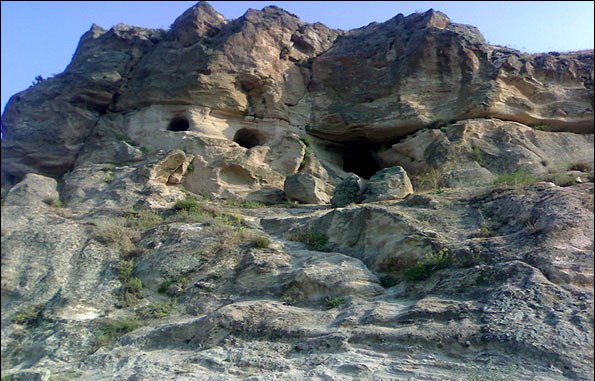Isfahan with Its Opulent Palaces , Gardens

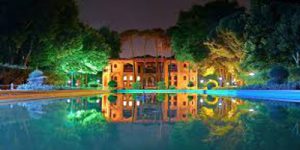
SFAHAN, FAMOUSLY CALLED “NESF-E JAHAN” (HALF THE WORLD), IS IRAN’S CAPITAL OF CULTURE AND A CITY BEAUTIFUL IN EVERY SEASON WITH ITS OPULENT PALACES AND GARDENS, ITS MARKETS AND BAZAARS, AND ITS DECORATIVE ARTS, WHICH CONSTITUTE A SCHOOL ALL THEIR OWN IN THE ISLAMIC WORLD.
It was almost morning when we arrived in Isfahan. We entered the city in the mixed light of glaring street lamps and illuminated shop windows. Finding Chahar Bagh Avenue was a breeze. This avenue, which stretches the length of the city and straddles the Zayandeh River, is exactly 403 years old. It is named for the four rows of trees that line it from end to end. “Chahar” means four in Farsi, and “bagh” garden, orchard or just plain greenery. Shah Abbas, who had the city built in the 1560’s, started by building this beautiful avenue. Of its three lanes, lined for kilometers with parallel rows of stately plane trees, the one in the middle was reserved for caravans and cavalry. The lanes at either side meanwhile were arbor-covered promenades running alongside pools, canals and rose gardens. Apart from this majestic boulevard, however, Isfahan’s meandering streets seem now to beckon, now to repel. Those who have been there will know. Gracefully spanning the Zayandeh River with its double row of thirty-three arches is Si-o-se Pol (“si-o-se” means thirty-three and “pol” bridge). One of five bridges over the Zayandeh, Si-o-se Pol has linked its two banks since 1602. Also known as Allah Verdi Khan, the bridge and its vicinity are one of the city’s main meeting places.
REFLECTING THE WHOLE WORLD
There is no shortage of sights to see in Isfahan, which was the Seljuk capital in the 11th century. Heading the list is Imam Maidan with its UNESCO World Cultural Heritage buildings. This square, a few years younger than the Si-o-se Bridge, was once known as Maidan-i Shah or Shah Square. But the universal name current in all times is Naghsh-e Jahan (Pattern of the World). Natives call this the world’s biggest square. And perhaps Nagsh-e Jahan is more of a very large courtyard than a square. Laid out in the city center in 1612, this square is where the city’s pulse has been felt most strongly ever since – a sprawling courtyard surrounded by hundreds of tiny shops as well as the entrance to a large market and an elegant palace with slender wooden columns. The mosques that adorn the square form an intricate web of architectural wonders. Sheikh Lutfullah Mosque is a masterpiece of Safavid architecture. Diagonally opposite it, Imam Mosque boasts magnificent acoustics. And the structure known as the Office of the Provincial Governor is fairly bursting with stunning domes and wall decorations. But let us come now to the square where everything looks Lilliputian when viewed from the terrace of Âli Qapu. Âli Qapu is the Gate of the Imperial Court, once the seat of the state administration. On the sixth floor of this palace, which appears on the front to be three stories, is a music room straight out of a fairy tale. The square is a spectacle by night as it is by day. As dawn breaks some leave, replaced by newcomers who spread their mats and start brewing tea and setting out breakfast. In a nutshell, “Naghsh-e Jahan is the whole world.” Which is just another way of saying that you can pass the time here without ever getting bored.
REFLECTIONS ON THE WATER
City of palaces, bridges and gardens, Isfahan is also a green city. One of its loveliest structures, the Chehel Sotun Palace (Palace of Forty Pillars) has an intriguing name. There are actually only 20 columns at the entrance to this palace set in a spectacular garden, but their number is doubled by their reflection in the pool in front of the building. Events from the country’s history are depicted on the palace’s interior walls. A portrayal of the 16th century Battle of Chaldiran between the Safavids and the Ottomans is just one of them. Another noteworthy palace in the city is Hasht Behesht (Eight Paradises). This palace inside a spacious garden stands out especially for its decorations in the form of bird and animal figures. Today as in the past, nature and animals are much loved in Isfahan, which perhaps explains why the city boasts both a bird sanctuary and a botanical garden. Isfahan’s cultural treasures stemming from its Persian, Seljuk and Safavid past find a serious counterpart in its handicrafts today. Countless crafts from ceramic tiles and mirror inlays to miniature painting, enamel work and stenciling are continuously practiced in this city reminiscent of a colossal workshop. Massoud Nikaeen, one of those responsible for the city’s tourism vision, says that Isfahan is a leader in the handicrafts field. Isfahan, which Nikaeen likens to an impressive work of art in its own right, is waiting to share its beauty with you, right now.
CARPET CENTER
The area around Naghsh-e Jahan Square is chock-a-block with markets, arcades, bazaars and shops. The most outstanding products in the city are the handwoven Isfahan carpets and kilims. Antiques, spices, candies, exotic lamps, traditional garments, silver and leather goods are also available in the neighboring shops.
TASTING ASH-E RESHT
Kebab is the local culinary favorite. In addition to kebabs made from red meat, chicken, fish and prawns, saffron-flavored rice is another top choice. Other popular dishes include green lentil soup with noodles known as “ash-e resht”, “khoresht mast” or yoghurt soup, meat stew called “dizi”, and falafel.
THE SHAKING MINARETS
Thanks to a technique employed in their construction, the twin minarets of Isfahan’s 14th century Jonban Mosque can be shaken by humans.

